FIELD DRAWINGS
San Bruno Mountain / Fall 2022
Exploring the native and introduced species in and around San Bruno Mountain in Daly City, CA such as Blue Green Eucalyptus, Bay Laurel, Monterey Cypress, Toyon and Monterey Pine.
San Bruno Mountain / Fall 2022
By Tera Johnson, Lian Mae Tualla
UC Berkeley Landscape Architecture students
UC Berkeley Landscape Architecture students
Exploring the native and introduced species in and around San Bruno Mountain in Daly City, CA such as Blue Green Eucalyptus, Bay Laurel, Monterey Cypress, Toyon and Monterey Pine.
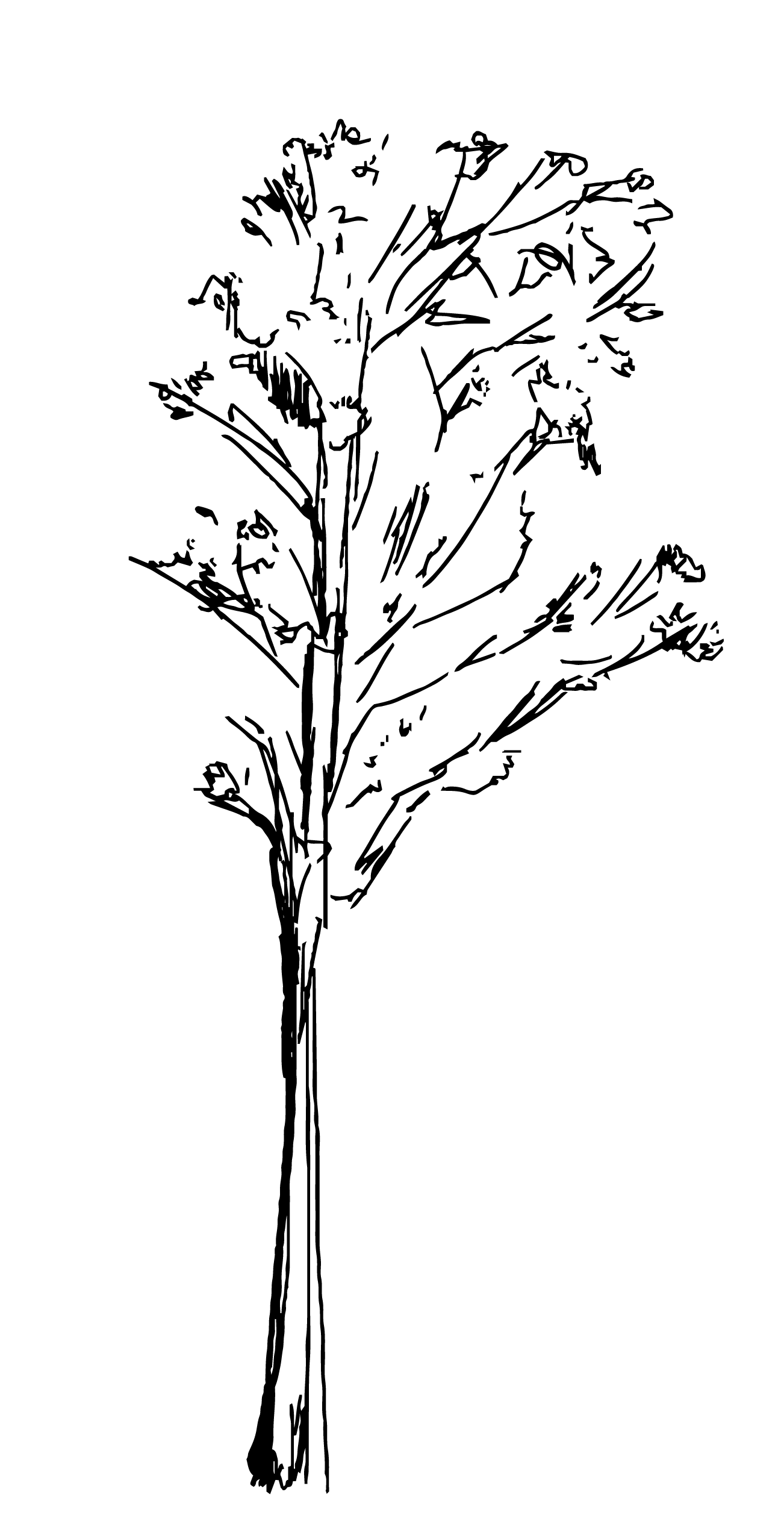

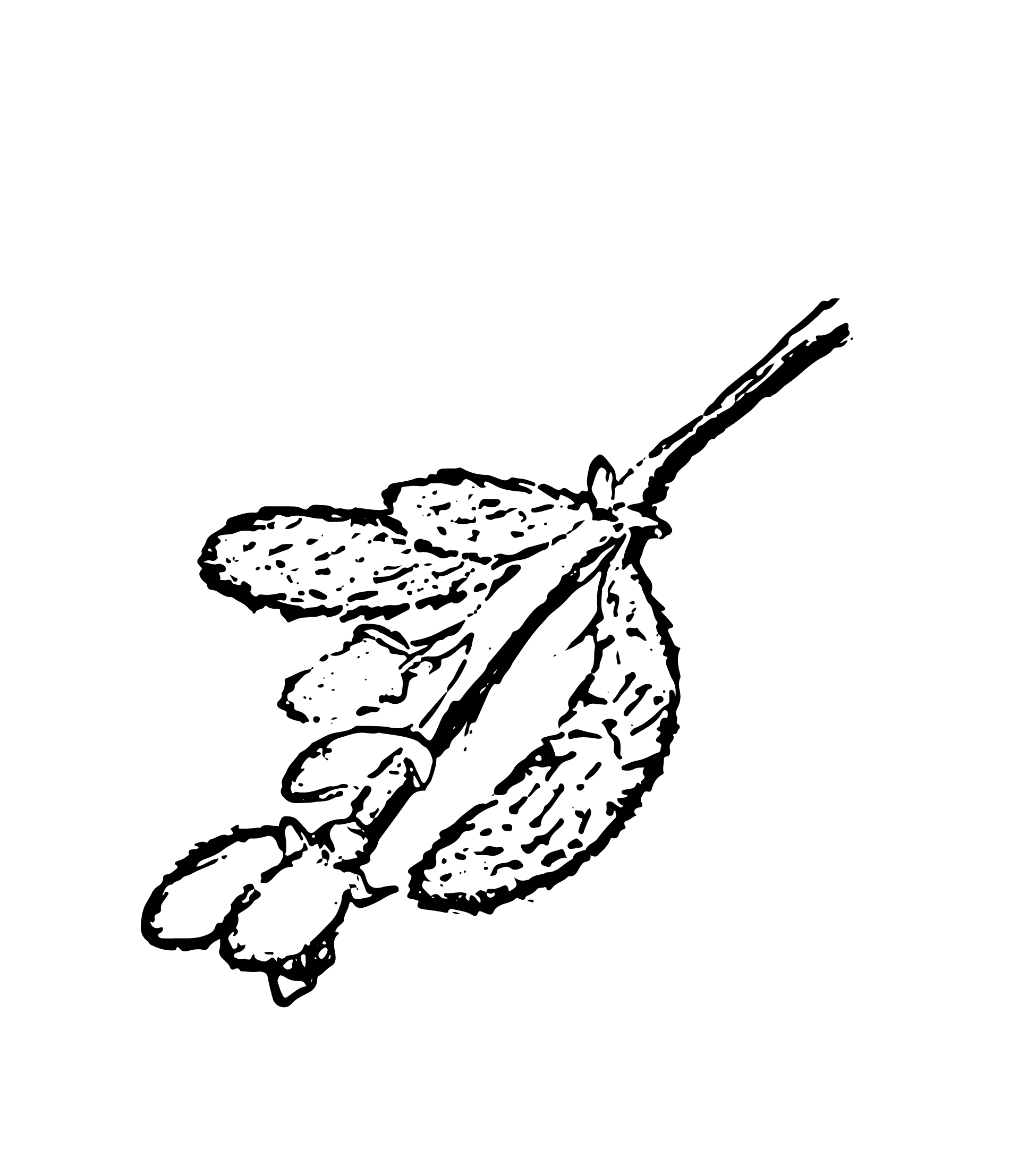
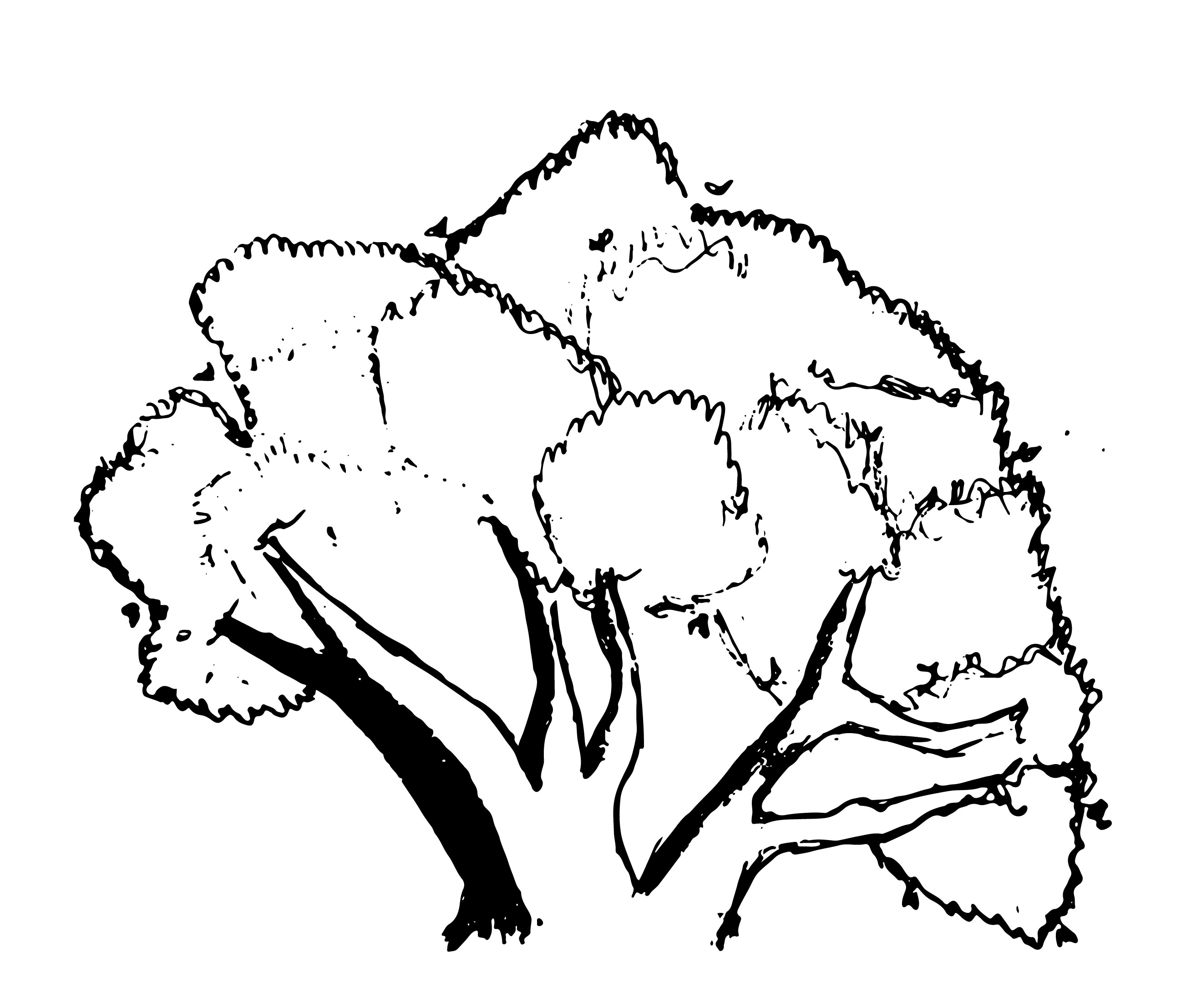
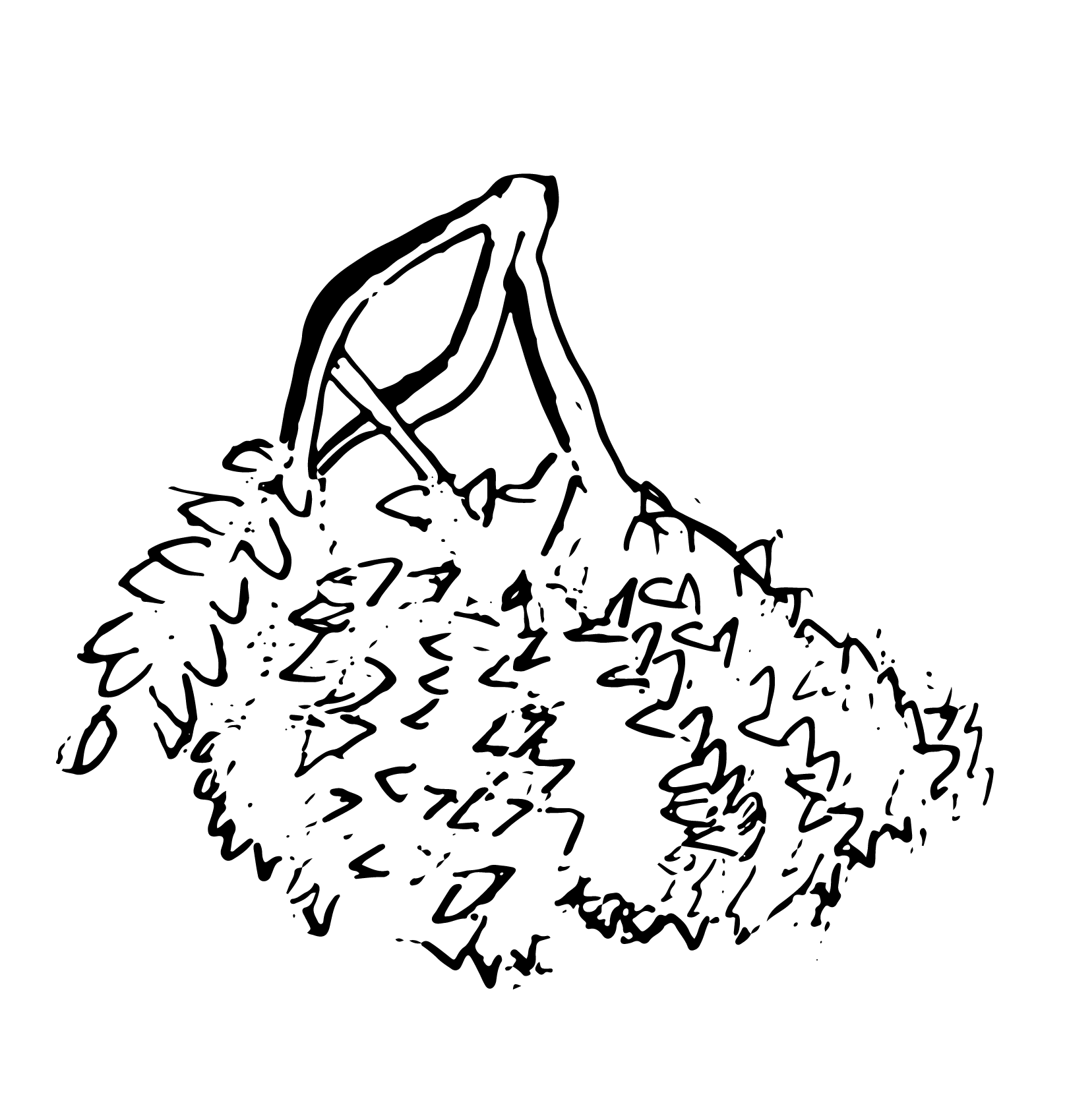

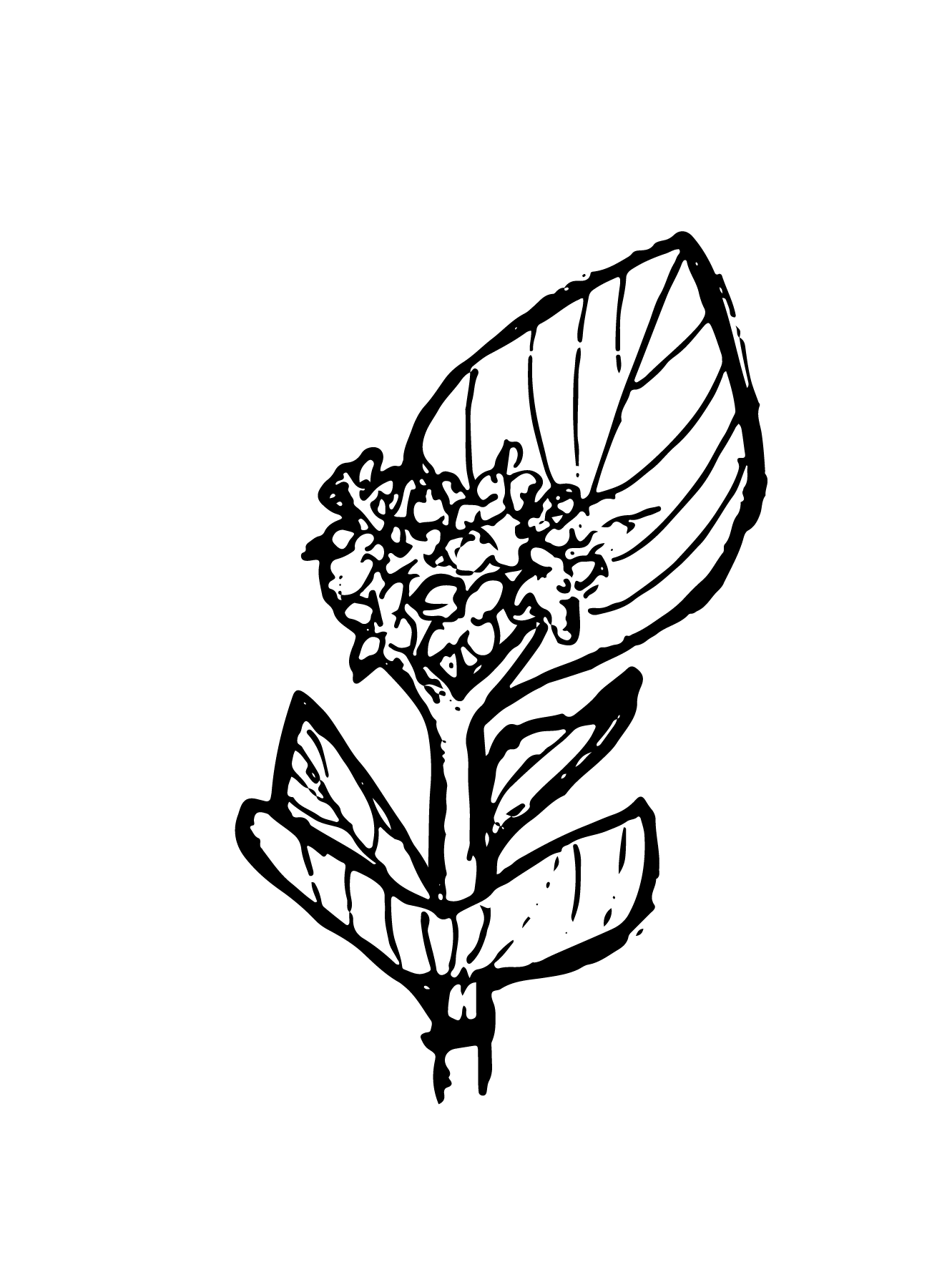


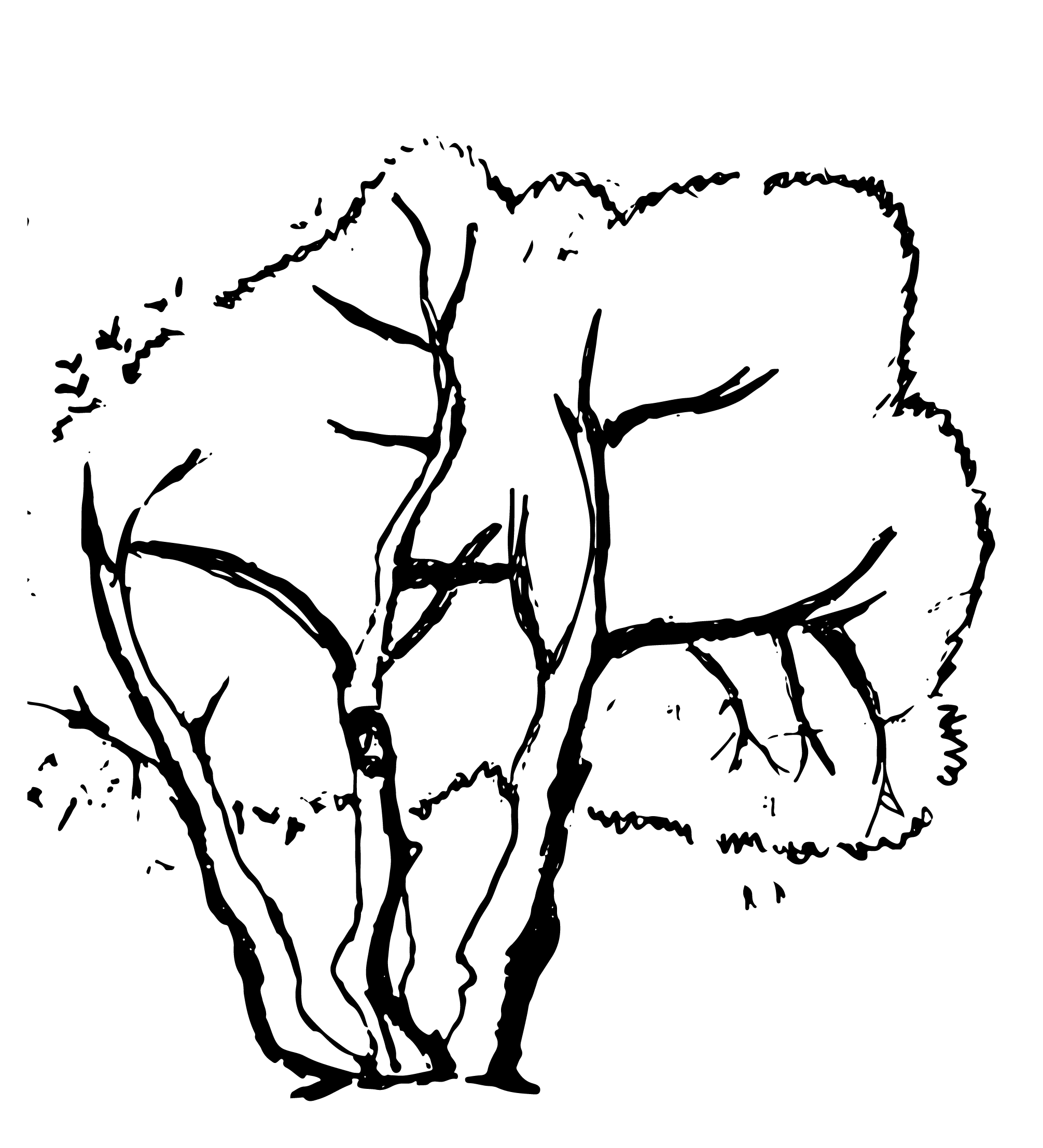
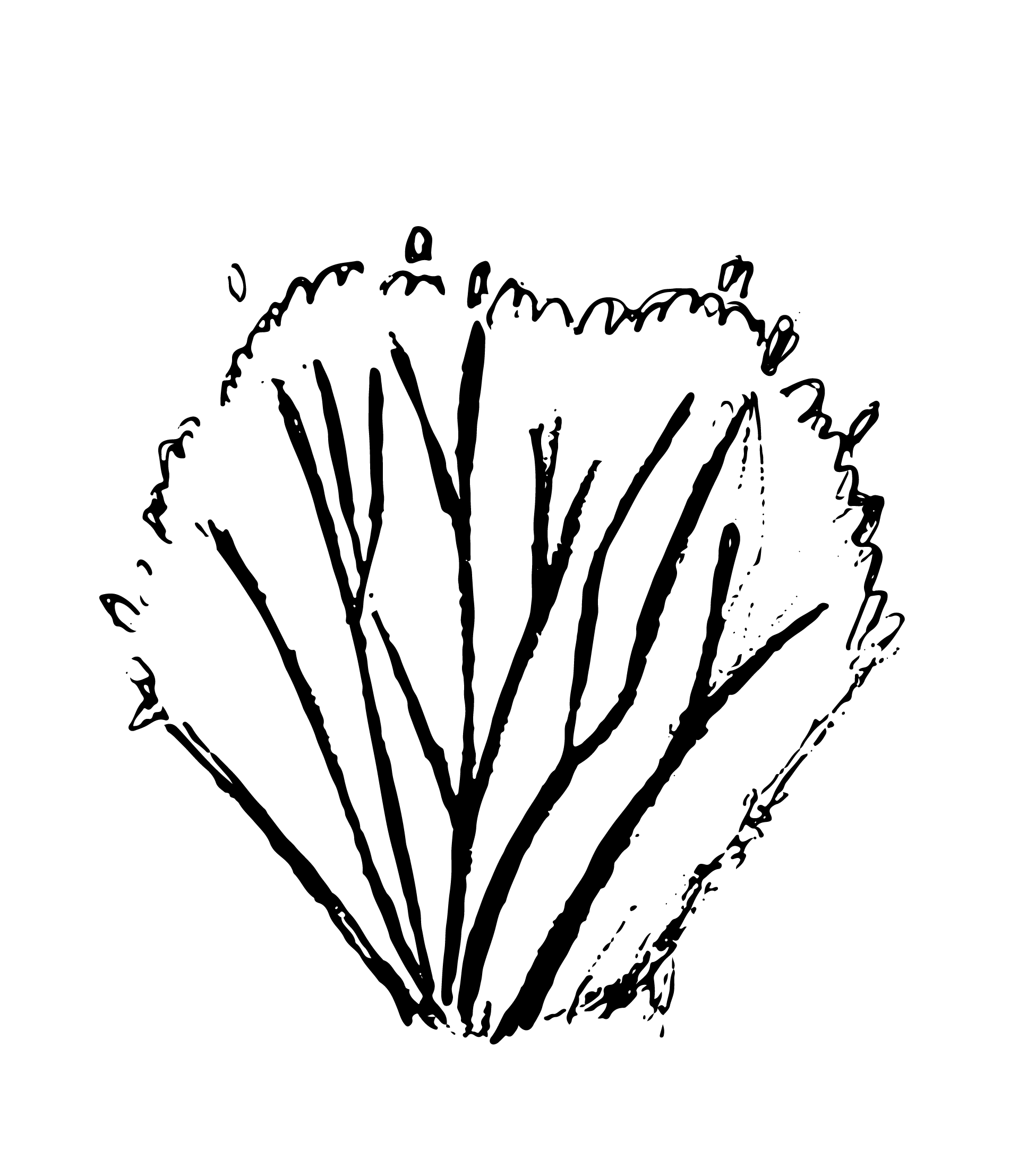
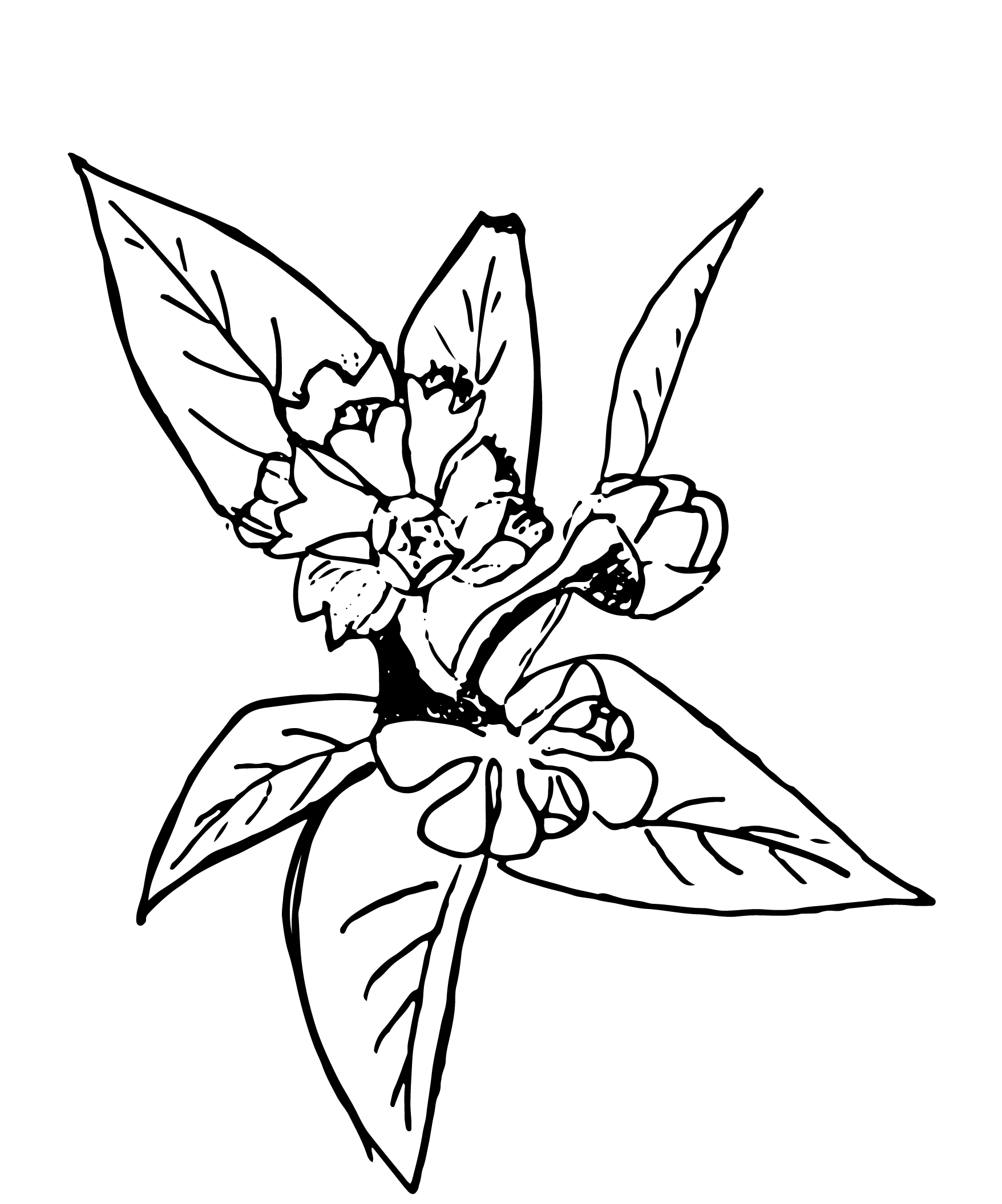
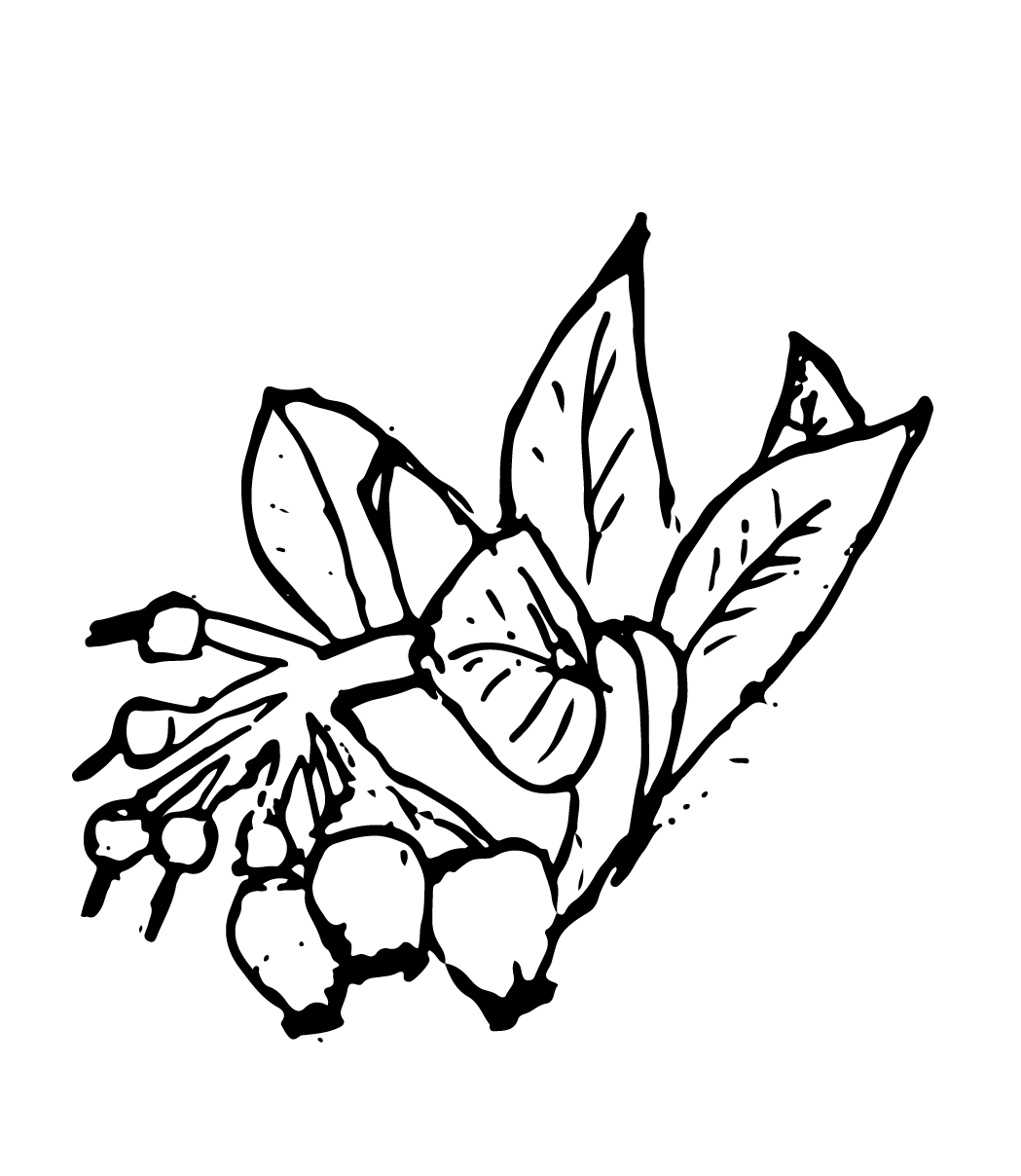







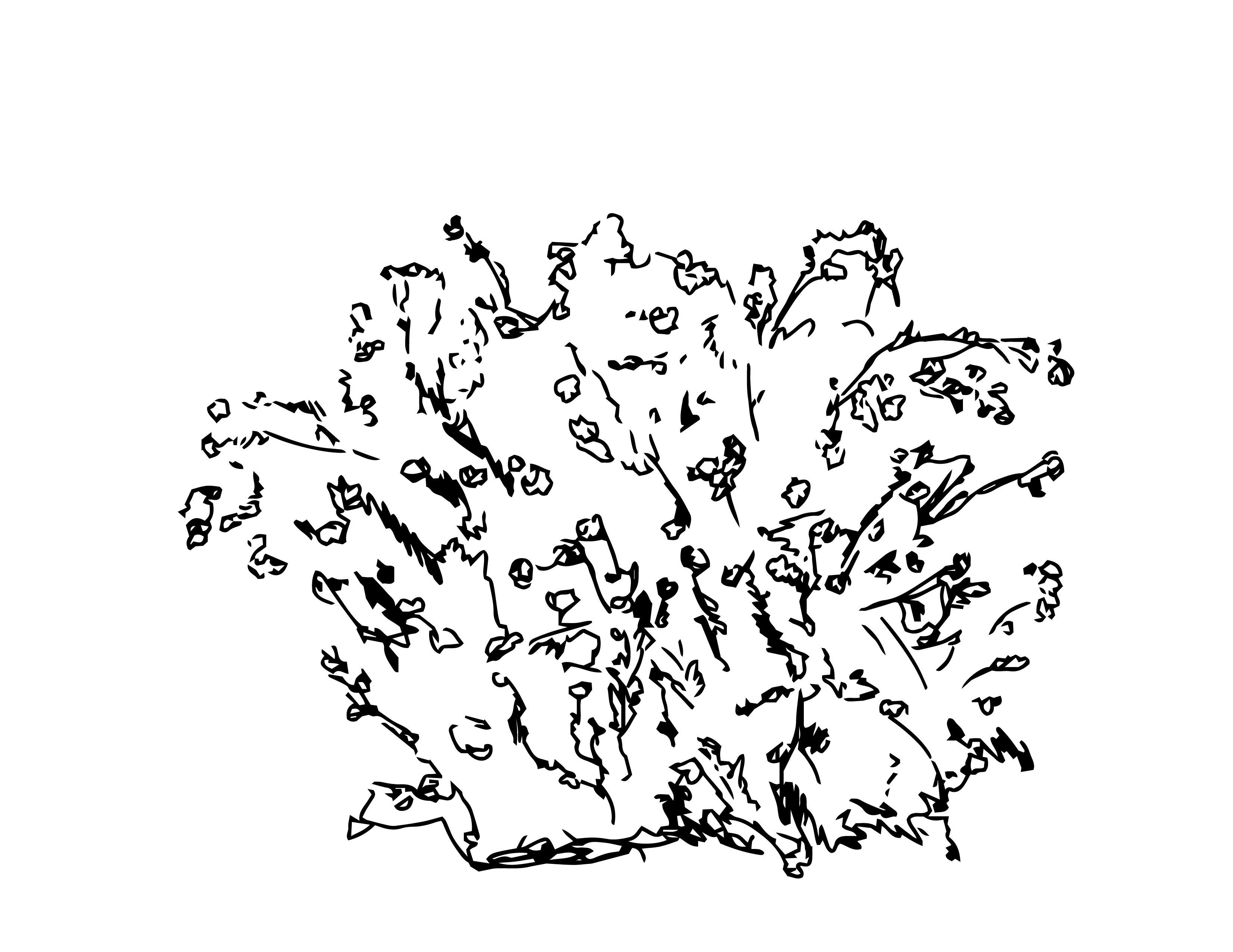

FIELD NOTES
Rio Update / October 22 2022
Rio Update / October 22 2022
By Daniela Velazco
Test Plot Intern
Test Plot Intern
Nina and I met up at the Test Plots to monitor the
existing species and create labels for plants when necessary. We met at 10am on
a Sunday. The log borders are working well as a way to differeniate the plots from the path. It seems that the most successful plots have a thick 3-5” layer of mulch.
While going through and taking note of successful species two park visitors came up to us and told us they were volunteers and a part of the larger recent natives planting at Rio. The area around the test plots had 50-100 new young sprouts that were planted.
One of the volunteers mentioned noticing what seemed like a pest growing on one of the oak tree saplings. She remarked how much she loved the species and knew how long they take to grow, so she wanted to keep an eye on it to give it the best chance possible. We walked over and saw a red beetle and white substance underneath the oak leaves (eggs, fungus, foam?). We took pictures and notified the Parks Coordinator. We then completed our assessment of the plots and infilled metal labels in areas that needed it most. We were at the park for around an hour.
While going through and taking note of successful species two park visitors came up to us and told us they were volunteers and a part of the larger recent natives planting at Rio. The area around the test plots had 50-100 new young sprouts that were planted.
One of the volunteers mentioned noticing what seemed like a pest growing on one of the oak tree saplings. She remarked how much she loved the species and knew how long they take to grow, so she wanted to keep an eye on it to give it the best chance possible. We walked over and saw a red beetle and white substance underneath the oak leaves (eggs, fungus, foam?). We took pictures and notified the Parks Coordinator. We then completed our assessment of the plots and infilled metal labels in areas that needed it most. We were at the park for around an hour.
Weather
High of 72, Low of 59 degrees
We received the first sprinkle of rain earlier this month, Prior to that it has not rained since April, which is typical of our summer dry climate.
Tests
The seeded only plots are visibly different from the plots planted with 1-5 gallon plants. Not as variety visible in the fall with the seeded plots. This could be due to the seeded species being mostly annual wildflowers. Check plantlist to vertify hypothesis.
High of 72, Low of 59 degrees
We received the first sprinkle of rain earlier this month, Prior to that it has not rained since April, which is typical of our summer dry climate.
Tests
The seeded only plots are visibly different from the plots planted with 1-5 gallon plants. Not as variety visible in the fall with the seeded plots. This could be due to the seeded species being mostly annual wildflowers. Check plantlist to vertify hypothesis.
How are the plants doing?
The plants look good, none are visibly in distress. Many of the plants have gone to seed or fruit. California Buckwheat provides a nice color through its seeds to compliment the evergreens in the Fall. After monitoring the test plots for two years we’ve noticed certain species are thriving
Successful species:
The plants look good, none are visibly in distress. Many of the plants have gone to seed or fruit. California Buckwheat provides a nice color through its seeds to compliment the evergreens in the Fall. After monitoring the test plots for two years we’ve noticed certain species are thriving
Successful species:
- Eriogonum fasciculatum - California Buckwheat
- Isocoma menziesii - Menzies' Goldenbush
- Baccharis pilularis - Coyotebrush
- Asclepias fascicularis - Narrowleaf milkweed
- Muhlenbergia rigens - Deergrass
- Sphaeralcea ambigua var. Rugosa - Apricot Mallow
Future Activities
Note spontaneous growth in the Spring. Many of the species have grown for 2 years, infill planting to fill in the gaps as next steps
Note spontaneous growth in the Spring. Many of the species have grown for 2 years, infill planting to fill in the gaps as next steps
- Mulch beds with depleted mulch layer. 3-5” thick layer of wood chip mulch is optimal.
- Replace labels and provide labels for all plants
- (Tongva, English, Botanical names)
- Can this be done before the Oct 17th?
- Update “What is Planted Here” laminated sheets
- Make this signage more visible
- Increase vegetation density
- Increase variety of species
- Struggling species
- Penstemon spectabilis (Showy Penstemon)
ELYSIAN AFTER 3 YEARS
The Elysian plots were first planted in the Winter of 2019. After three years, we wanted to share some reflections on how they are doing and what we have leanred.
Q: Will people show up?
Yes. Young professionals sign up and self organize via a google sheet to water weekly. Plus we’ve hosted semi-monthly “plant church” community events.
Q: What are your key lessons learned so far?
What questions are you thinking about moving forward?
Q&A with Jenny Jones / Oct 06 2022
Test Plot Co-Founder, Partner at Terremoto
Test Plot Co-Founder, Partner at Terremoto
The Elysian plots were first planted in the Winter of 2019. After three years, we wanted to share some reflections on how they are doing and what we have leanred.
Q: Will people show up?
Yes. Young professionals sign up and self organize via a google sheet to water weekly. Plus we’ve hosted semi-monthly “plant church” community events.
Q: What are the minimum inputs to establish a native ecosystem?
- We planted over 600 plants with 50% survival rate.
Only caveat on this stat is that we don't actually need ALL the plants to survive. The Micro Forest idea.
-
Fencing, gopher cages, signage, signs of care, and programs help.
-
Success in location. A lot of people see the test plots during their routine daily use of the park and reach out to volunteer as a result of this visibility
-
Initial mulching and adding new mulch year to year, plus chop and drop from in-situ pruning.
-
Planted while mounding berms for new planting to stabilize
- Enhanced watering basins for more efficient watering, seems to be working well.
Q: What are your key lessons learned so far?
- Method of watering has been adapted to the age and success of the plots. Watering with round diameter sprinkler at first, as plants age water changes to direct contact hose watering. Volunteers seem to prefer this method
- Dialing in the planting palette has taken years. We’ve monitored gopher activity and its relation to certain species and replanted those plants that were gopher resistant during the second/third years. The plant palette was quite broad and has narrowed over time to reflect what are the most successful species
- Seed plot was a mild success. Annuals did well, very few perennials or shrubs grew from seed and survived.
- Influence from neighboring trees (pine and eucalyptus) has played a role in the health of the plots
- Consistency of volunteer base has a lot to do with keeping up with community volunteer events. Sense of collaboration with others has been important.
- Some plants that were thriving in years 1-2 are now declining (Satureja). Shade plot looked amazing first 2 years, now has seen a little decline. Could be Pine Tree’s influence?
What questions are you thinking about moving forward?
- How to maintain a consistent and diffuse volunteer base so that the task of watering every weekend doesn’t get left to a handful of ultra-dedicated volunteers?
- Method of establishing new test plots while accounting for water restrictions and changing climate?

RIO AFTER 2 YEARS
The Rio plots were planted in the Fall of 2020. A class of landscape architecture students partnered with CA State Parks and a local group the Abuelas de Rio. After two years, we wanted to share some reflections on how they are doing and what we have learned.
Q&A with Jen Toy / Oct 06 2022
Test Plot Lead, USC Lecturer
Test Plot Lead, USC Lecturer
The Rio plots were planted in the Fall of 2020. A class of landscape architecture students partnered with CA State Parks and a local group the Abuelas de Rio. After two years, we wanted to share some reflections on how they are doing and what we have learned.
Q: Can we replicate Test Plots in other places?
Yes! our 2nd location at Rio has been very successful. It’s been a completely different process, site and community than at Elysian, so that is very exciting and we’ve learned a ton. For example, the site prep needed to change because Rio is urban fill as a former railyard (as opposed to the naturalized areas of Elysian). The Grow/kill strategy to flush out the weeds was not very successful at Rio b/c the ground was so compacted. We ended up removing bermuda grass, thistle, etc with pickaxes.
Q: What are your key lessons learned so far?
What challenges have you faced?
Yes! our 2nd location at Rio has been very successful. It’s been a completely different process, site and community than at Elysian, so that is very exciting and we’ve learned a ton. For example, the site prep needed to change because Rio is urban fill as a former railyard (as opposed to the naturalized areas of Elysian). The Grow/kill strategy to flush out the weeds was not very successful at Rio b/c the ground was so compacted. We ended up removing bermuda grass, thistle, etc with pickaxes.
Q: How did you adapt for different community needs?
- At Rio we work with a group of elderly Spanish speaking abuelas - with no email or social media. They come to the park in the morning for a walk and some gardening. It was difficult during the pandemic, but we’ve started to create a weekly time to meet on Monday mornings that is organized by Luis Rincon, a community engagement coordinator who works for CA State Parks.
-
This site is also much sunnier and exposed and requires meeting earlier in the morning during the summer.
Q: What are your key lessons learned so far?
- Pioneer species taking off (Isocoma menziesii-- Goldenbush, Encelia californica -- CA Bush Sunflower).
- For the seed only plot, in the first year, seedlings of chia, black sage, lupines, buckwheat and annual wildflowers were present - from a mix that Theodore Payne made for us based on the historical riparian ecology. In 2nd year, the seed only plot was composed largely of Buckwheat (Eriogonum fasciculatum).
- Seed/plant combo plots more successful than seed only or plant only.
- Sheet mulch and thick layer of mulch (4-6”) has been effective at suppressing Bermuda grass, but it can still creep in from plot edges
What challenges have you faced?
- We watered almost every week for the 1st year (maybe too much? Huge growth quickly and found scale on some plants like Malosma)
-
Baby oak and walnut trees (not in plots) died b/c not watered / trampled. Need better cues.


